Substitutes for Ramen Noodles: 10 Best Alternatives +FAQs!
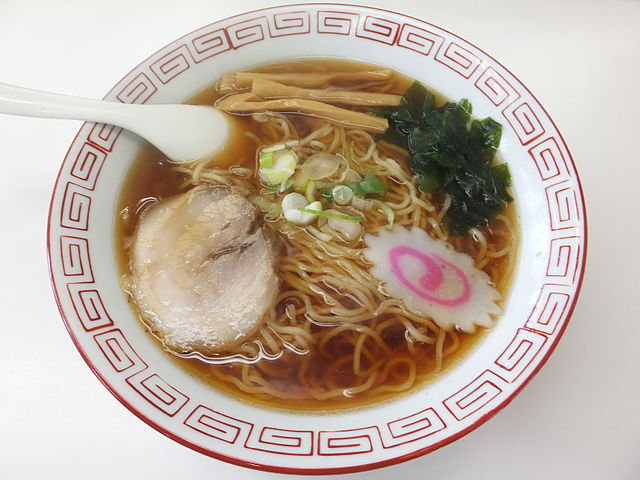
You can prepare ramen noodles in various ways and with various toppings and can eat them hot or cold, deep-fried or stir-fried, boiled or steamed, or as added to soups.
They’re high in both protein and carbs. But wait, there’s more. They have a low-calorie count. The Japanese wheat noodle is a Japanese variation of the Chinese wheat noodle, produced using wheat flour, water, salt, and alkaline mineral water.
The preparation of ramen noodles is different in almost every region of Japan. You can make use of different soup flavors, noodle textures, broths, and toppings.
Ramen noodles were formerly manufactured by hand, but machines now create them due to rising demand. The flavor of these noodles is determined by the type of soup used as a base, which can be produced with pork and chicken bone stock.
Onions, shiitake mushrooms, dried sardines, tuna flakes, kombu (a type of edible kelp), beef, or pork bones are commonly used in the soup. It can, however, be cooked with vegetables that are suitable for vegans and vegetarians.
You can use Chinese egg noodles, udon noodles, soba noodles, vegetarian noodles, shirataki noodles, or any of the following replacements in place of ramen noodles.
Substitutes for ramen noodles
Shoyu ramen (flavored with soy sauce), miso ramen (flavored with miso paste), shio ramen (flavored with salt), and tonkatsu ramen are the four primary forms of ramen soup (with boiled pork bones).
You can top ramen noodles with a variety of different ingredients. Fried garlic, nori (seaweed), pickled ginger, boiled egg, scallions, pickled plums, and other toppings are common.
If you like ramen noodles but forget to buy them or don’t want to eat them due to the high salt content, you may make your own.
Chinese egg noodles, which are similar to ramen noodles, are the most excellent ramen noodle substitutes. Soba, udon, and vegetarian noodles can also be used as alternatives.
No. 1 Egg noodles from China
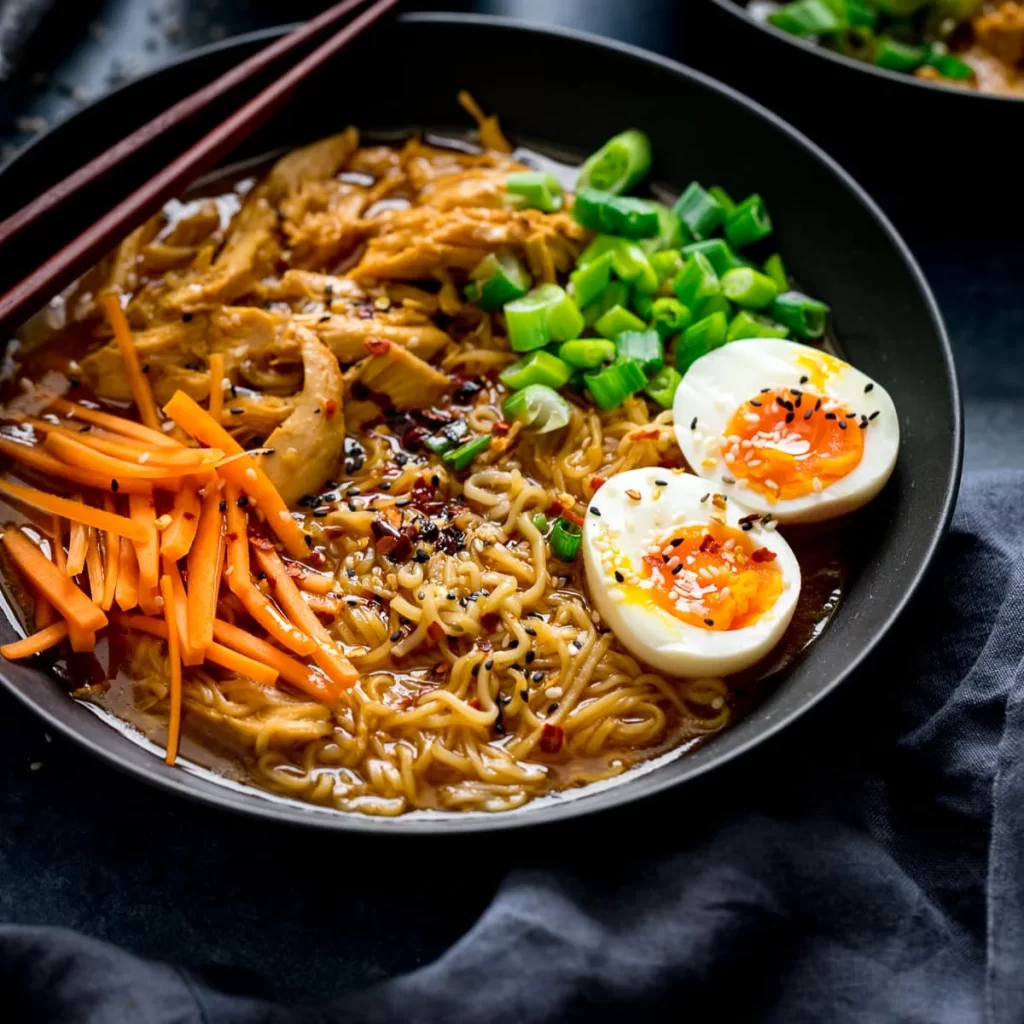
Wheat flour, egg, and water make Chinese egg noodles. Because of the egg content, they come in various shapes and widths and are yellow in color. As a substitute for ramen noodles, you may use these noodles in soups, stir-fries, and various other recipes.
No. 2 Udon noodles
Udon noodles are available in a variety of shapes and sizes. They come in various shapes and sizes, including flat, thick, round, and dry and fresh.
Udon noodles are great in soups, salads, stir-fries, and even cold with a dipping sauce. You can commonly top these noodles with vegetables, pork, eggs, shrimp, and fried tofu.
No. 3 Soba Noodles
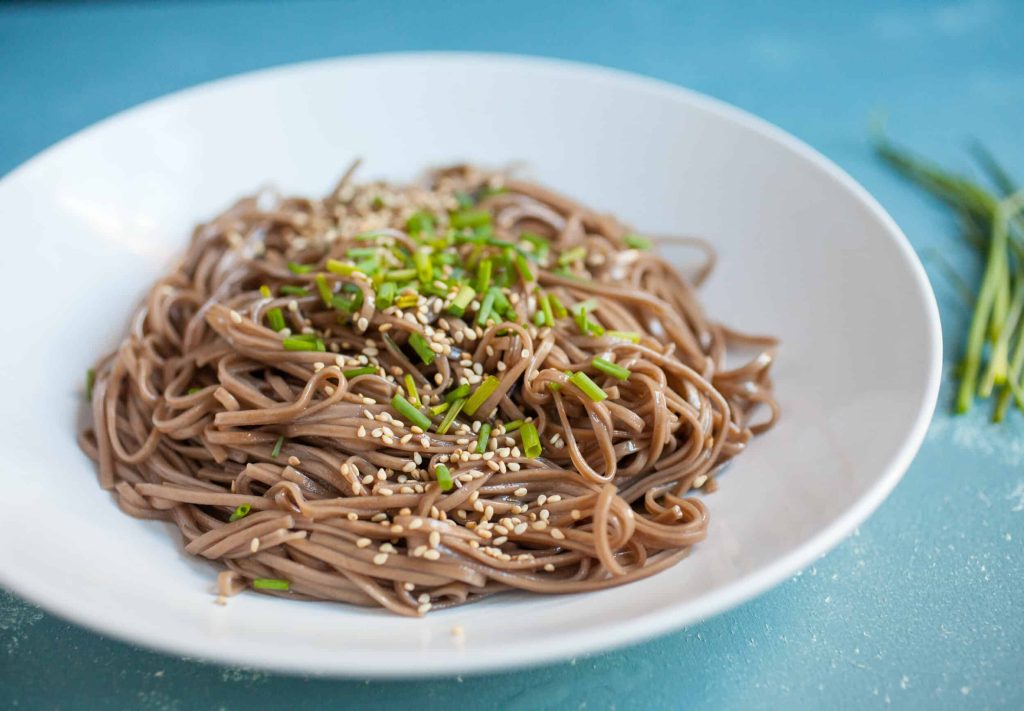
The hue of soba noodles is a little darker than udon noodles. They have a nutty, earthy flavor and are made from buckwheat flour.
They’re fragile, like spaghetti, and great in cold dishes. You can make use of soba noodles in various warm foods such as stir-fries and soups.
No. 4 Noodles made with veggies
Vegetable noodles can add texture, color, and flavor to a dish. Zucchini, carrots, winter squash, sweet potatoes, and beets are among the vegetables in this dish.
Vitamins, minerals, and fiber are all abundant in these noodles. You can make use of these noodles as a nutritious alternative to ramen noodles in salads, soups, and stir-fries.
No. 5 Shirataki noodles
Shirataki noodles are made from the fiber that you find in the roots of the konjac plant. They are long and white in appearance. They are low-calorie noodles with numerous health benefits. You can make use of Shirataki noodles in stir-fries, gravies, salads, and other cold and hot foods.
No. 6 Noodles in a wonton
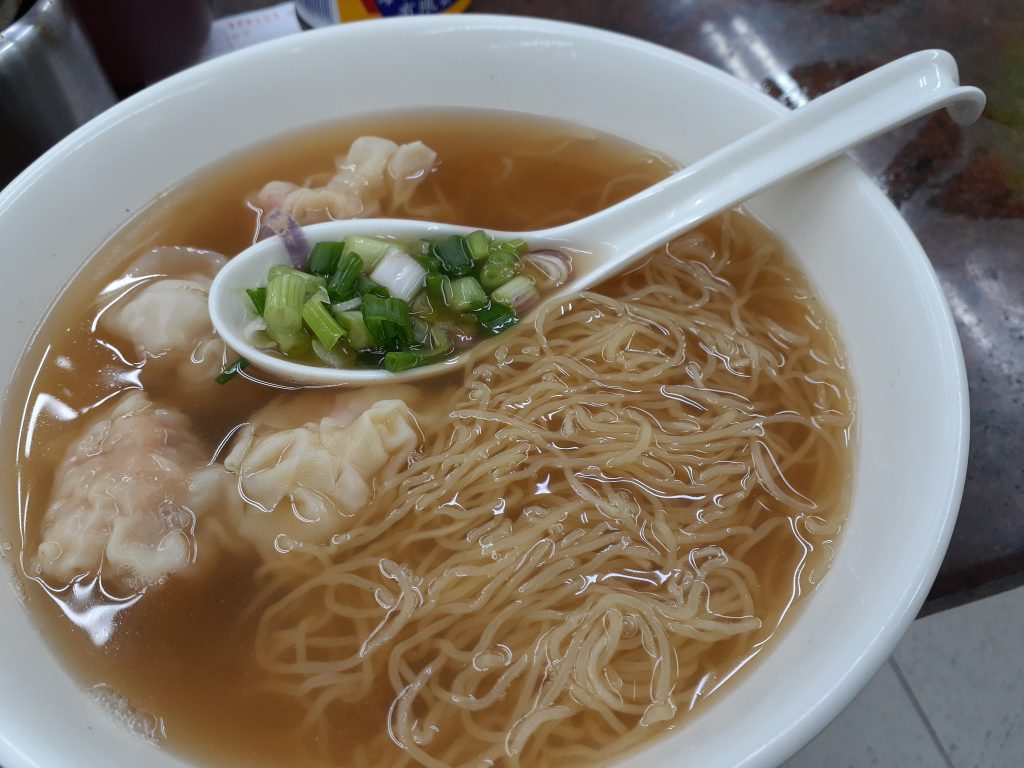
People use wheat flour and egg to make wonton noodles. They’re a typical element in wonton noodles, Chinese cuisine. You can serve them with dry or hot soup with wonton dumplings and some green vegetables.
Wonton noodles come in a variety of widths and thicknesses. As an alternative to ramen noodles, you may use them in stir-fries and a variety of other meals.
No. 7 Noodles made of rice
Fresh, frozen, and dried rice noodles are available in various shapes, textures, and thicknesses. People make them of rice flour and water, and they’re great in stir-fries, soups, and salads.
When using rice noodles, make sure to cook them thoroughly. They’ll be mushy and inedible otherwise. Rice noodles are gluten-free and ideal for those who are gluten-intolerant.
No. 8 Noodles made with glass
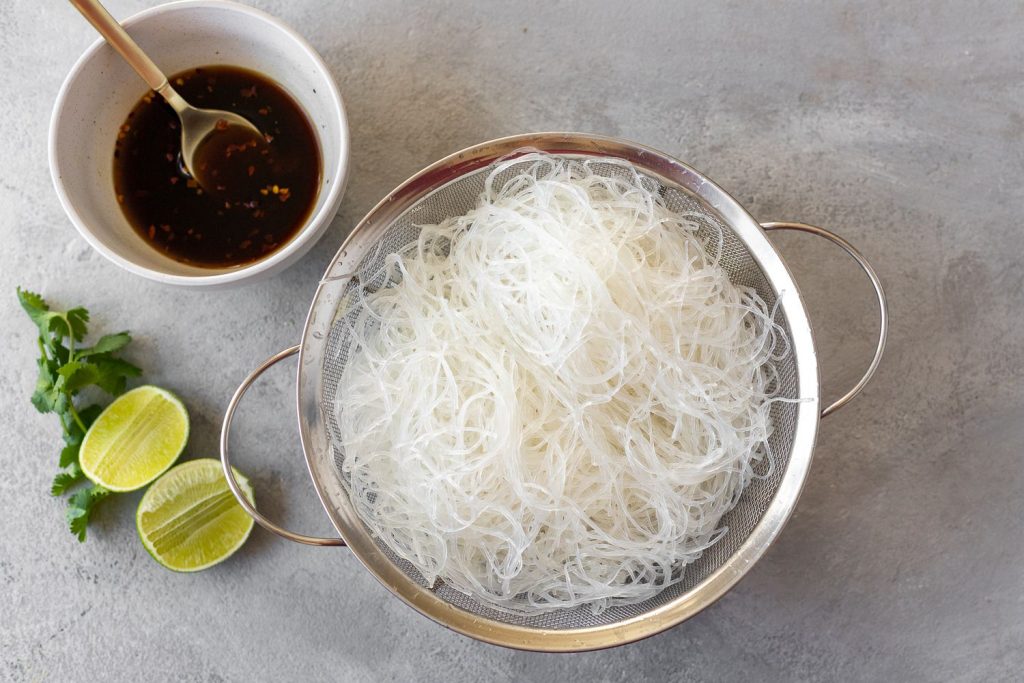
Glass noodles are translucent and made of potato, tapioca, or mung bean starch. They are thin and have no distinct flavor. As a result, they absorb the flavors of the other ingredients in the dish. You can make use of glass noodles in soups, stir-fries, hot pots, and spring rolls.
No. 9 Noodles made from kelp
Kelp noodles are made from kelp, water, and sodium alginate, a type of seaweed. They have a mild flavor and you can use them in salads, stir-fries, soups, and pasta substitutes. Depending on what texture you want in your meal, it can be softened or uncooked.
No. 10 Spaghetti
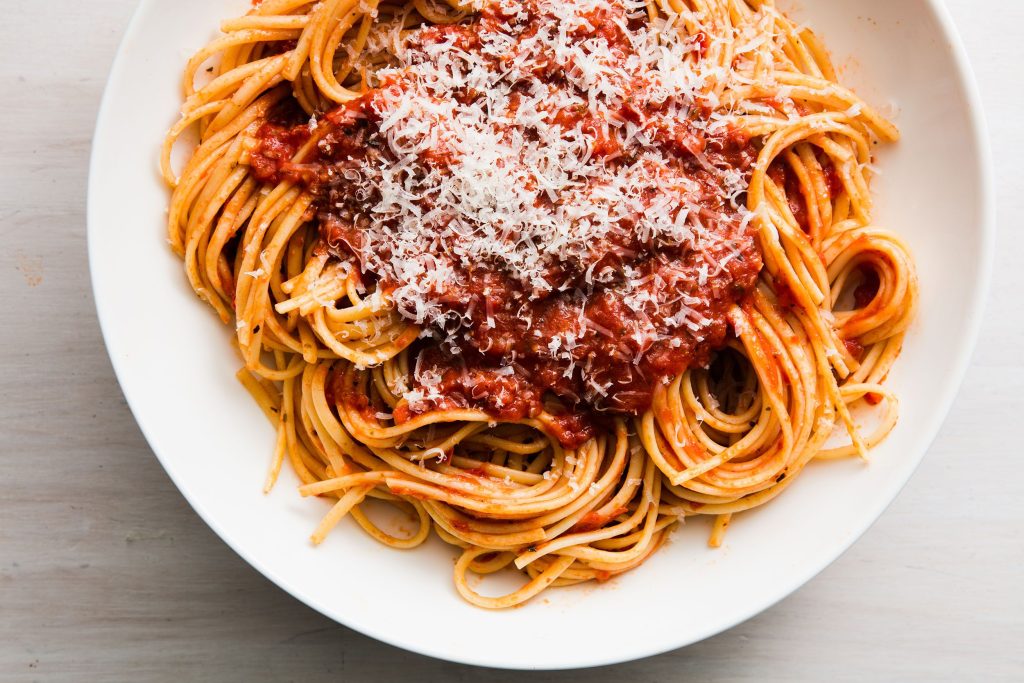
Spaghetti differs from ramen noodles in terms of flavor and appearance. However, if you have them on hand, you may make ramen noodles out of them.
Dissolve one spoonful of baking soda in the water where you are cooking the spaghetti. They will resemble ramen noodles in flavor and texture.
Salad as an alternative to Ramen Noodles
You can use all of the above replacements, including shirataki, udon, soba, kelp, glass, rice noodles, and others, as a ramen noodle substitute in a salad.
Ramen substitutes at a low cost
Pasta is an inexpensive substitute for ramen noodles. However, you can use vegetables, rice, kelp, shirataki, soba, udon, and glass noodles as a healthier option.
FAQs
Is it possible to use spaghetti noodles instead of ramen noodles?
Yes, you can make use of spaghetti noodles instead of ramen noodles. You can boil the noodles in water with one tablespoon of baking soda if you want a more ramen-like flavor.
What are ramen noodles made of?
Ramen noodles are a type of noodle made with wheat flour, salt, water, and alkaline water make ramen noodles, elastic and firm with a yellow tint.
Final Thoughts
The most popular varieties of noodles are ramen noodles. On the other hand, ramen noodles might be harmful to your health due to the MSG, TBHQ, and high salt levels. As a result, you should replace them with some healthier noodles.











